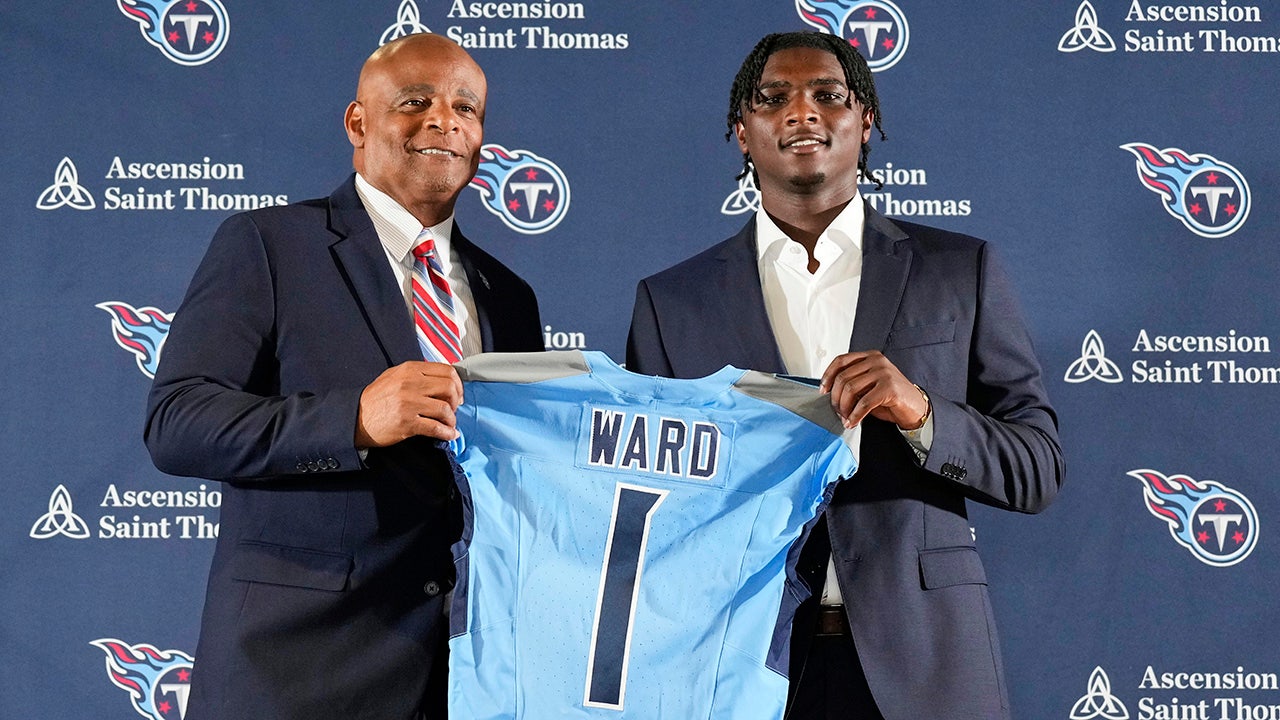Sitting volleyball saved Canada’s Voss-Shafiq after amputation — now, she wants to bump it forward
;Resize=(620))
For many, sport is a way to connect people and community.
But for Paralympian Felicia Voss-Shafiq, sitting volleyball saved her emotionally and kept her connected to a sport she deeply loves.
Born in Fiji, Voss-Shafiq moved to Canada from the U.S. in 2001. She joined a local volleyball league and immediately fell in love. In 2011, a vicious case of pneumonia caused septic shock, leading Voss-Shafiq’s legs to be amputated, though doctors were able to save her arms.
She was devastated.
A friend advised her to try sitting volleyball. And she fell in love with volleyball — again. But this time, sitting.
Voss-Shafiq, 44, has been part of Canada’s sitting volleyball team since 2015 and is set to compete in her third Paralympics. As a seasoned player, she’s watched the Para sport grow and been part of a team that came fourth in Tokyo and now has its sights on the podium. The Canadian women won silver at the 2023 world championships in Cairo, Egypt and are going into this tournament in Paris with confidence and conviction.
Including Voss-Shafiq, the team of 12 has nine returning members from Tokyo 2020.
‘Embodies’ hope and opportunity
Lisa Tam is the regional coach for British Columbia and responsible for the training of both Voss-Shafiq and captain Danielle Ellis. According to Tam, Voss-Shafiq is a key reason the team went from seventh at the 2016 Rio Paralympics to fourth at Tokyo 2020.
Beyond her contributions on the court, Tam says that Voss-Shafiq has made an incredible impact on the community by working with Vancouver’s GF Strong Rehabilitation Centre and volunteering.
Her journey has been as a stalwart in the program and as an ambassador of the game.
She makes time for the Amputee Coalition of Canada Peer Visitor Program, which connects experienced amputees to others who are facing amputation. There can be recent amputees who struggle with being able to participate in sport at all and are recovering from trauma. Voss-Shafiq helps them, mentors them and can empathize and truly understand what they are experiencing.
Voss-Shafiq is the eldest member of the team and one of her contributions is to be able to assert that one can compete at the highest level of sport. Tam says that Voss-Shafiq models resiliency and determination.
“There is hope and opportunity even after life-altering illnesses,” Tam says of Voss-Shafiq. “She embodies that as humans we can adapt and grow throughout our journey in life.”
WATCH | Let’s talk ParalympICKS with CBC Sports’ Michelle Salt and Brian Hnatiw:
Let’s talk ParalympICKS with CBC Sports Michelle Salt and Brian Hnatiw.
In addition to supporting community members, sitting volleyball is growing. And Voss-Shafiq and her teammates encourage this. Tam tells me that Ellis takes the role of being the face of sitting volleyball in B.C. very seriously.
“Any time there’s an engagement with school kids, Volleyball B.C. programs, Pacific Sport programs et cetera, she’s there,” Tam says.
Sitting volleyball also has able-bodied athletes who play. There are more than 10,000 Para volleyball players around the world in more than 75 countries.
Canada’s sitting volleyball program did not begin until 2007, but it is growing exponentially. There is a history of greatness in Canada and connection to players, coaches and supporters from all over the volleyball community. This iteration of sitting volleyball is expected to medal and gain even more attention.
Surge in popularity
With all games being broadcast, Canadians will have the chance to support and cheer for this team — something that is essential to the growth of the Para sport.
I asked Lori Okimura, president of Para Volley, the international governing body, why sitting volleyball is gaining so much popularity.
“ParaVolley has experienced a surge in interest mainly from global exposure opportunities,” Okimura told me over text.
In addition to the exposure, it’s also the incredible Para athletes who expose the world to their sport, Okimura says.
“I have learned that one of the best ways to help promote ParaVolley is to let people see these amazing athletes. When the fans cannot see the action, we lose the moment to show them how fun, exciting and inclusive ParaVolley can be,” she said.
“The next best way is to try it out themselves. And we thank our athletes who do free clinics or demonstrations to help raise awareness and interest.”
The work of Voss-Shafiq and Ellis is important to show the joy and the happiness that sitting volleyball brings them. They offer opportunities for youth to play with, literally, some of the best players in the world. It’s an opportunity that should not be taken lightly.
Voss-Shafiq is one of the athletes who is contributing to the growth of the sport. Her legacy is impactful and will continue to be profound beyond her successes on the court.




